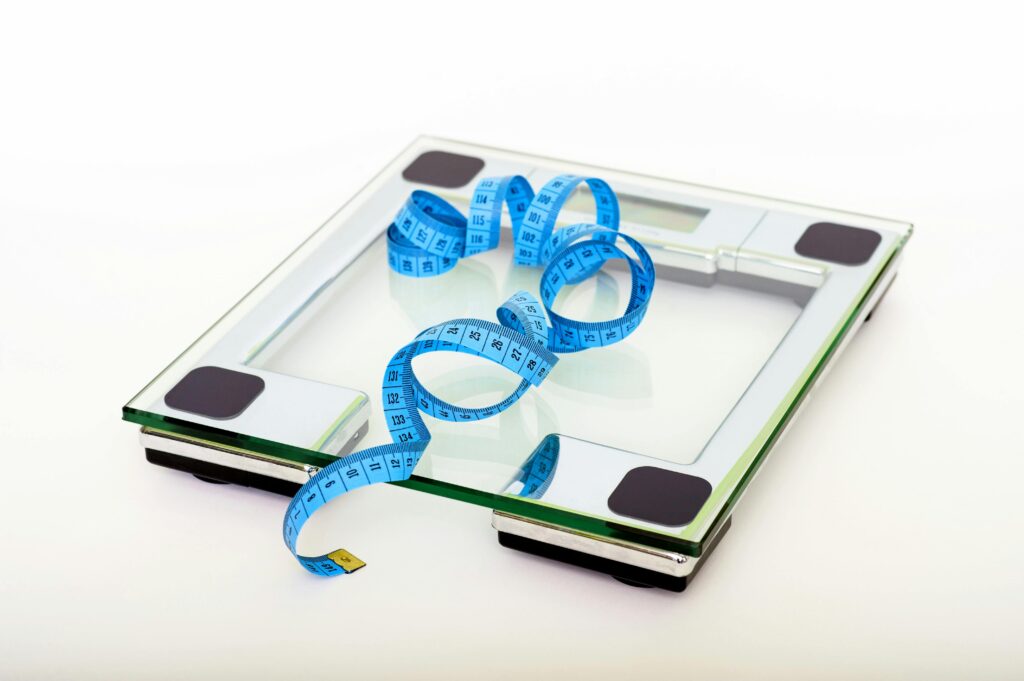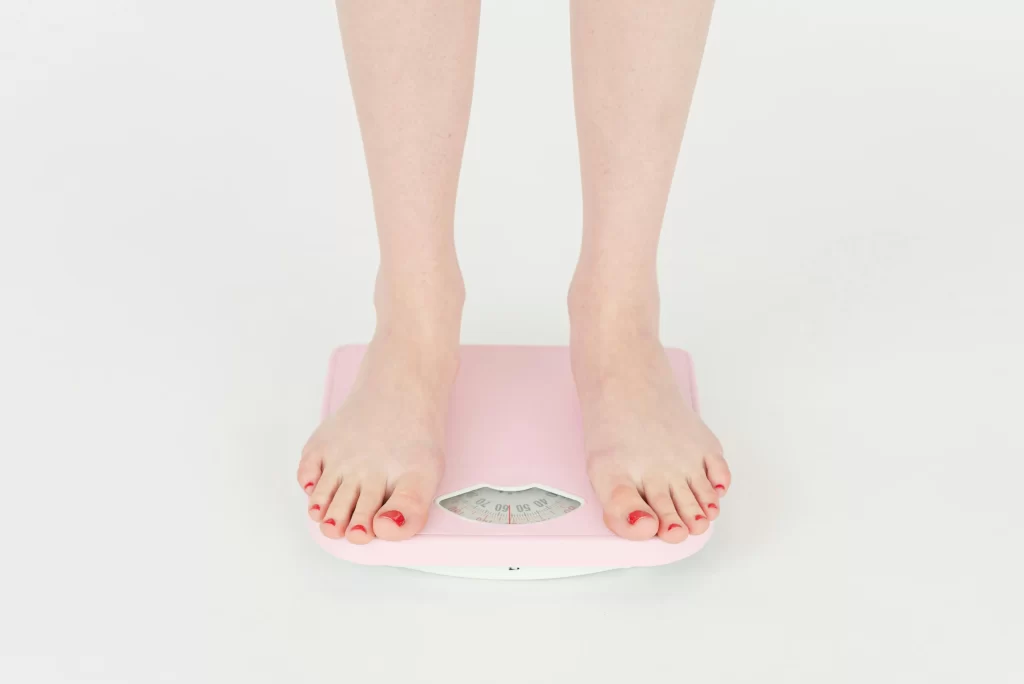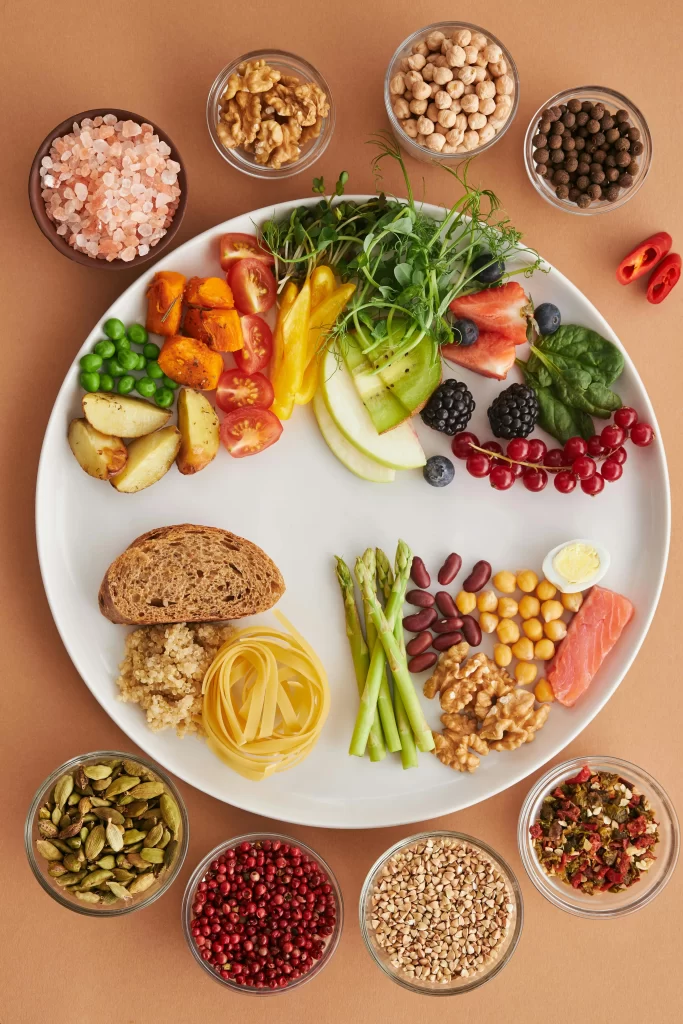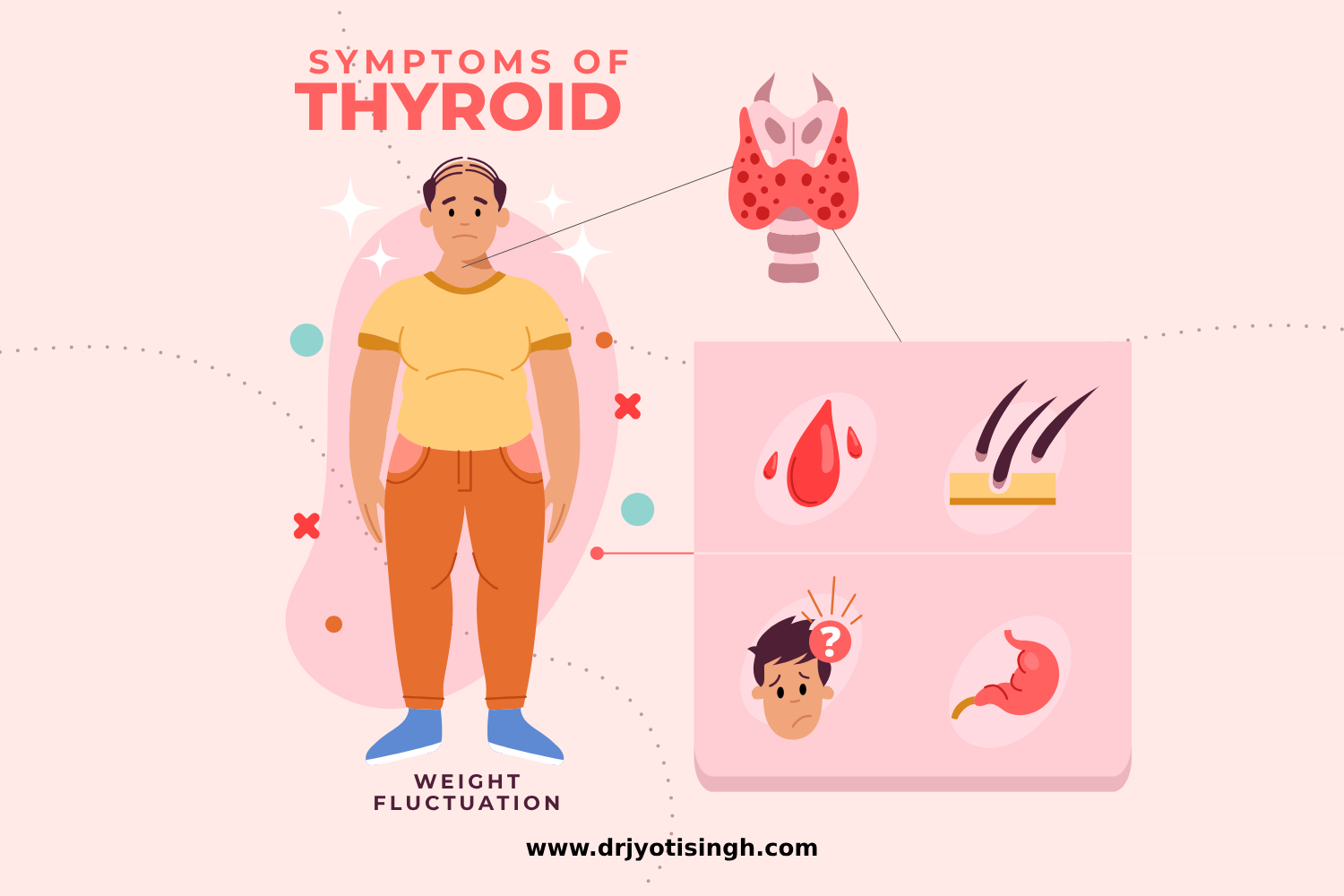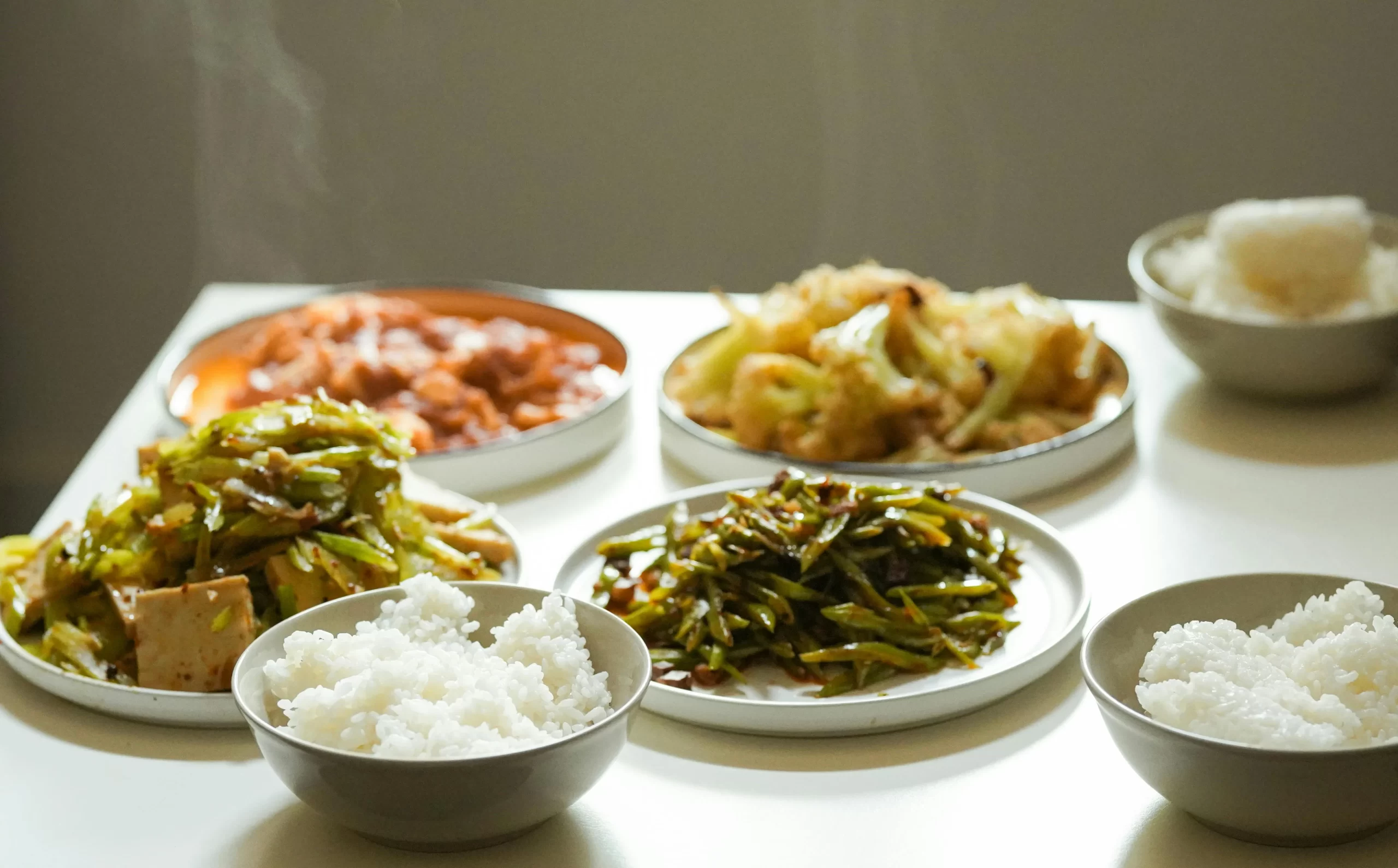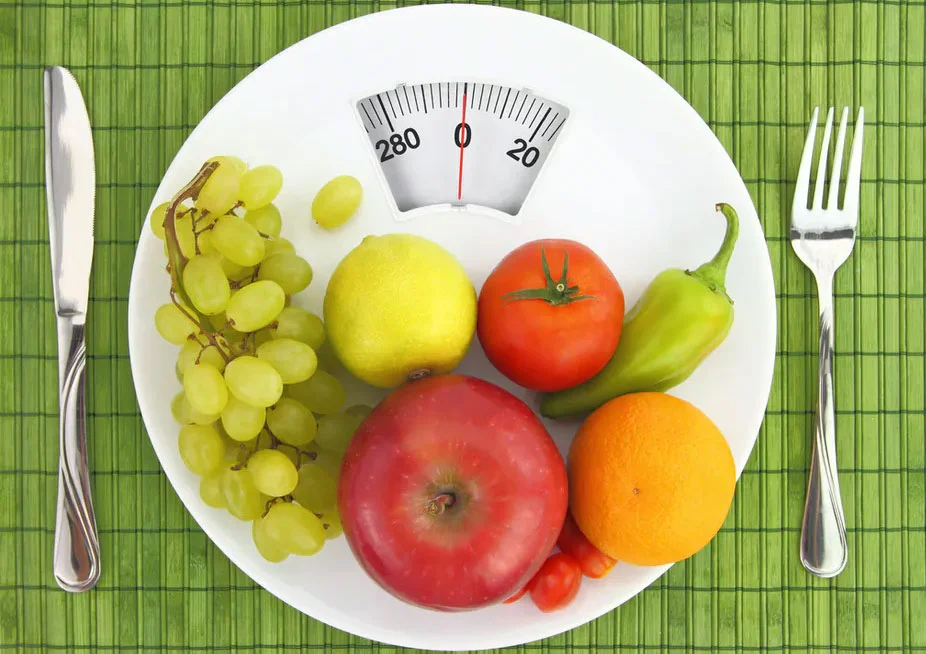Losing weight is often associated with intense gym sessions, sweaty workouts, and rigid fitness schedules.
But what if we told you that it is possible to lose 10 kilograms in one month without any exercise at all?
While this may sound appealing, it’s essential to understand that such a drastic weight loss plan should never be attempted without proper medical supervision, especially by a qualified nutritionist.
First Things First: A Necessary Disclaimer
Losing 10 kg (22 pounds) in one month is an extreme goal that requires a highly controlled approach.
While it may be tempting for individuals trying to clear a medical fitness test, get in shape for an upcoming event, or prepare for athletic performance or modeling assignments, it is not a healthy or sustainable plan for the general population.
Attempting to lose weight without professional support can result in nutrient deficiencies, muscle loss, hormonal imbalances, and serious long-term health consequences.
That’s why we repeat: Always consult a certified nutritionist or healthcare provider before beginning any rapid weight loss program.
Dr. Jyoti Singh — a double gold medalist in nutrition in India — recommends medically guided diet plans that are balanced, safe, and tailored to your personal needs.
Can You Really Lose 10 Kg in One Month Without Exercise?
Yes, it is biologically possible — but only through a severe calorie deficit.
Exercise helps increase the calorie deficit naturally, but if you’re relying solely on food intake, the deficit must be created by careful reduction in your calorie consumption and tight nutritional discipline.
To lose 1 kilogram of fat, you need to burn roughly 7,700 calories.
Therefore, losing 10 kg in 30 days would require a daily calorie deficit of around 2,500 calories.
For most people, this means consuming very low calories per day — often below 1,000 kcal — which can only be done safely for a short period and under guidance.
Understanding the Science: Why Calorie Deficit Works?
Your body needs a certain number of calories to maintain basic functions like breathing, digestion, circulation, and movement — this is your Basal Metabolic Rate (BMR).
If you consume less than your BMR plus activity level (known as Total Daily Energy Expenditure or TDEE), your body begins to burn stored fat for energy.
That’s how fat loss occurs — but if the deficit is too severe, your body may start breaking down muscle mass and lowering metabolism as a defense mechanism.
Step-by-Step Guide to Losing 10 Kg in 30 Days Without Exercise
1. Calculate Your TDEE and Plan Your Calorie Intake
Use a TDEE calculator (available online) to determine how many calories your body needs daily to maintain your current weight.
Subtract 50–60% from this number to create a deficit.
Example:
- Your TDEE = 2000 kcal
- Target intake for rapid weight loss = 800–1000 kcal/day
This will force the body to burn fat.
However, consuming less than 1200 kcal/day for more than 7 days should never be done without expert monitoring.
2. Track Every Bite
Use food tracking apps like MyFitnessPal, HealthifyMe, or a simple food diary.
Logging meals is not just about numbers — it helps identify mindless snacking, hidden sugars, and emotional eating patterns.
Stay consistent and log everything — even that “just one bite” of dessert.
3. Follow a Clean, Low-Calorie Meal Plan
Here’s how to create your daily plate under 1000 kcal:
✅ Foods to Include:
- Non-starchy vegetables: cucumber, spinach, broccoli, zucchini
- Lean proteins: eggs, tofu, paneer, chicken breast, lentils
- High-fiber fruits: berries, apple (limited to 1/day)
- Soups, salads, and herbal teas
🚫 Foods to Avoid:
- Refined carbs (white bread, pasta, biscuits)
- Fried foods and sugary snacks
- Juices, colas, and alcohol
- High-sugar fruits like bananas, mangoes, and grapes (during this phase)
Sample Plan (approx. 900 kcal):
- Breakfast: Boiled egg + green tea
- Mid-morning: Apple or black coffee
- Lunch: Grilled chicken/tofu + mixed vegetable soup
- Snack: A Handful of almonds or roasted chana
- Dinner: Steamed vegetables + clear dal
- Fluids: 2.5–3 liters of water, herbal teas
4. Stay Hydrated
Hydration is often overlooked in weight loss.
Water keeps you full, boosts metabolism, aids digestion, and flushes out toxins.
- Aim for 2.5–3 liters of water per day
- Drink a glass before meals to reduce hunger
- Replace sodas and juices with infused water, green tea, or black coffee
5. Get 7–9 Hours of Sleep
Lack of sleep elevates ghrelin (hunger hormone) and reduces leptin (fullness hormone).
This not only increases cravings but also slows metabolism.
Create a sleep routine:
- Avoid screens before bed
- Try herbal teas like chamomile
- Keep your sleep environment cool and dark
6. Practice Portion Control and Mindful Eating
Chew slowly. Eat without distractions. Use smaller plates.
All of this helps your brain register satiety and keeps bingeing in check.
Avoid emotional or boredom eating by staying occupied — read, journal, walk, or meditate.
7. Be Mentally Prepared for Plateaus
Weight loss isn’t linear. In the first few days, you may lose 2–3 kg (mostly water). Then, it may slow down.
Stay focused. Track inches lost and how your clothes fit, not just the scale.
📌 After the 30 Days: What’s Next?
Once you reach your target (or come close), do not abruptly return to old eating habits.
That will lead to rebound weight gain.
Instead:
- Slowly increase calories by 100–200 kcal per week
- Transition to a sustainable 1200–1500 kcal/day plan
- Introduce light activity like walking, stretching, or yoga
- Continue meal prepping and journaling
✅ Who Can Try This? (Under Guidance)
- Athletes cutting weight before tournaments
- Actors or models prepping for a role or shoot
- Individuals with job-related medical weight requirements
- People with upcoming health tests or surgeries
Even in these cases, the plan must be monitored by a licensed nutritionist or medical expert to ensure no harm is done.
⚠️ Who Should Avoid It?
- Pregnant or lactating women
- Teenagers
- People with diabetes, PCOD, and hypothyroidism (without doctor supervision)
- Those with eating disorders or a history of restrictive dieting
- Anyone on long-term medication
Frequently Asked Questions
Is losing 10 kg in a month safe?
For most people, no. While medically supervised short-term programs can make it possible, the general recommendation is 0.5–1 kg per week.
Will the weight come back?
If you return to your old habits, yes. Transitioning slowly into a normal calorie diet is key to maintaining results.
Can I do this without supplements?
Yes, but some individuals may need: A multivitamin, Omega-3, Protein supplements (especially vegetarians); Always ask your nutritionist first.
What if I feel tired or dizzy?
These are signs of undernourishment. Increase your calories slightly and ensure you’re meeting minimum protein, iron, and vitamin levels.
Also Read-
- Intermittent Fasting Diet Plan For Vegetarians: Step-by-Step Guide
- Top Weight Loss Myths Busted: Unknown Facts About Weight Loss
- 1200 Calorie Indian Diet Plan: A Perfect Weight Loss Plan
Final Thoughts From a Nutrition Expert
Dr. Jyoti Singh, Ph.D., a leading nutritionist with 16+ years of clinical experience, emphasizes that weight loss should be health-oriented, not just scale-oriented.
“Rapid fat loss without proper guidance can leave you nutrient-deficient, hormonally imbalanced, and emotionally exhausted. Even if you have a strict timeline, do it with support, structure, and science behind you.”
Conclusion: Lose 10 Kg in One Month Without Exercise!
Yes, it’s possible to lose 10 kg in 30 days without exercise, but it’s not easy — and certainly not advisable without guidance.
Through disciplined eating, calorie tracking, hydration, sleep, and mental strength, you can achieve quick results.
But long-term success comes from sustainability, education, and expert oversight.
Looking for a personalized plan? 📞 Book a consultation with Dr. Jyoti Singh at: www.drjyotisingh.com

